The 6th Asia Pacific Spectrum Management Conference was recently held online. For 4 days panelists discussed spectrum management across the Asia Pacific (APAC) region, considering current events and what is being done in other regions. Key topics were the implementation and early experiences of 5G, connectivity in remotes areas, the outcome of the World Radiocommunication Conference 2019 (WRC-19), and expectations for WRC-23.
The conference opened on an overview of 5G implementation in the APAC region, noting that so far China has the largest 5G network. Stuart Cooke, GSA Spectrum Group Chair, encouraged countries to license 5G this year or next at the latest. In the same panel, Stefan Zehle, CEO of Coleago Consulting, deplored the lack of performance of telecom sector investments. He called for raising awareness of the spectrum pricing problem.
The current situation has cast light on the need to manage spectrum in times of crisis to keep societies connected, as well as the importance of ensuring connectivity in remote areas. Maritza Delgado, Program Coordinator for Environment and Emergency Telecoms Division at ITU, evoked the projects developed at ITU to provide connectivity in such areas and gave the example of satellite terminals in Ku-band. Ganendra Selvaraj of the Global Spectrum Coalition explained that satellite connectivity was the most effective solution in regard to cost.
Another recurring subject of the conference was the outcome of WRC-19 and preparation for WRC-23. During a dedicated keynote session, Kyu-Jin Wee, Chairman of the Asia Pacific Telecommunity (APT) Conference Preparatory Group for WRC, mentioned that the APT was working at harmonizing views and developing common proposals from the APAC region for WRC-23. During a panel session moderated by Mario Maniewicz, Director of the Radiocommunications bureau at ITU, Chris Woolford, chairman of the ECC, mentioned that the European Conference of Postal and Telecommunications Administions (CEPT) was generally happy with the outcome of WRC-19 although some areas may need further thought, especially the coherence of the WRC-23 agenda and the use of the 6GHz band. He also stated that CEPT is developing proposals for wireless access systems and local area networks in 5925-6425 MHz.
The conference also focused on spectrum management. Luciana Camargos, Senior Director Future Spectrum at GSMA, said that wider harmonization can help balance the digital divide as industrialized nations have dedicated more spectrum to broadband. She also advocated in favor of a wider spectrum allocation for 5G as a way to increase performance and reduce costs.
Considering the mid-band, panelists generally agreed that coexistence of 5G and satellite services in the C-band was feasible. Bui Ha Long, Deputy Director of Radio Frequency Policy and Planning Division at the Viet Nam Authority of Radio Frequency Management, mentioned that both Indonesia and Vietnam had begun to study and experiment with coexistence. Dr. Mohaned Juwad, Senior Manager of the Spectrum Policy Department at Intelsat, outlined some of the risks of oversupplying 5G.
The lower and higher bands were also discussed. Cristian Gomez, Director of Spectrum Policy for APAC GSMA, mentioned that low bands (below 1 GHz) support widespread coverage across urban, suburban, and rural areas and help support Internet of Things (IoT) services. While the lower bands allow a wider coverage but smaller capacity, higher band spectrum (above 6 GHz) has a very high capacity but small coverage making it more adapted to hotspots. For Christian Gomez, WRC-23 will be an essential opportunity to improve 5G coverage, increase affordability through harmonization, and support growing data demand. He recommended that governments engage in the WRC-23 process to ensure that sufficient mid- and low-band spectrum is made available for 5G.
Finally, in the Conference closing remarks, Atsuko Okuda, APAC Regional Director at the ITU, insisted on the need for harmonization among the region.

